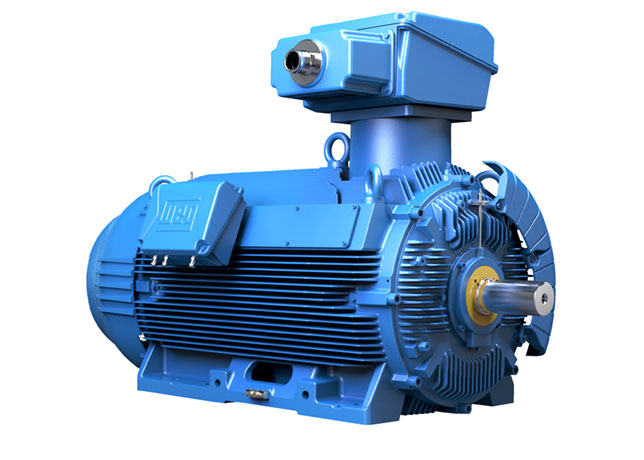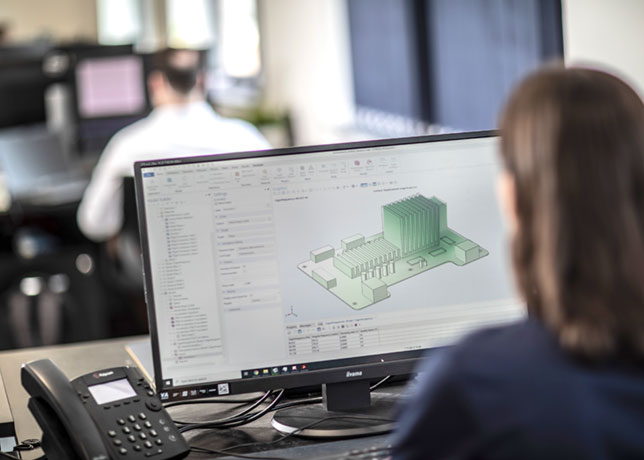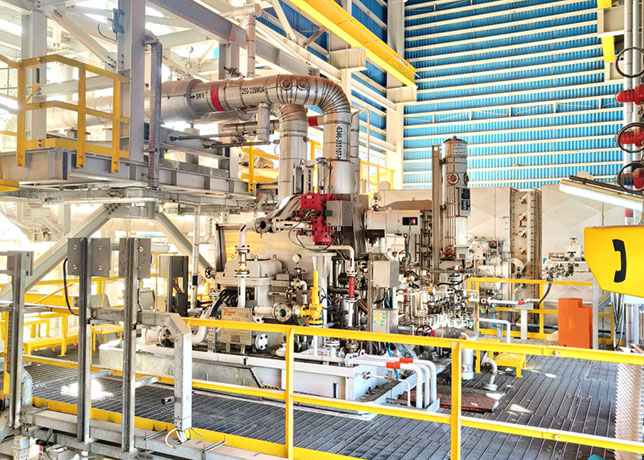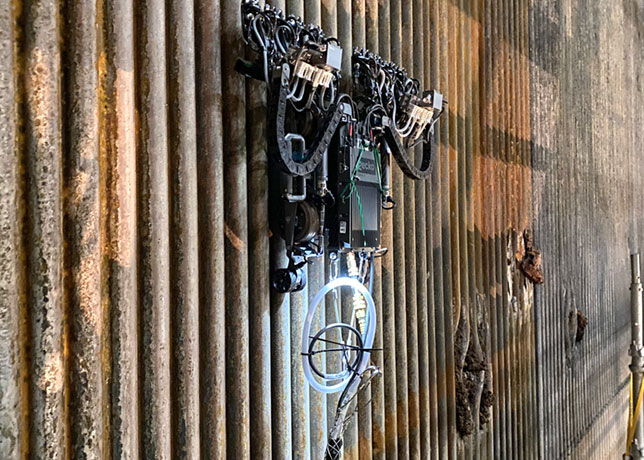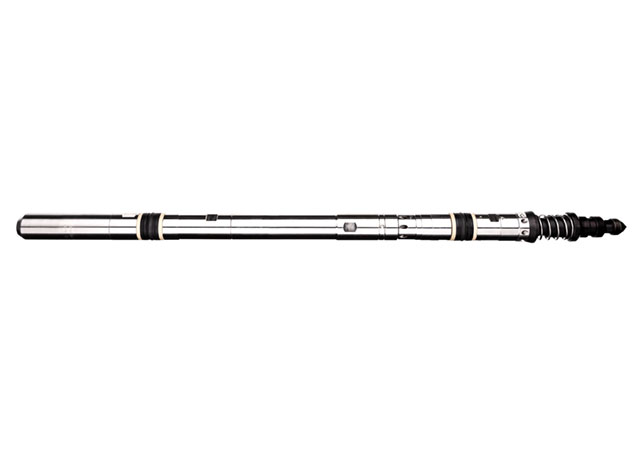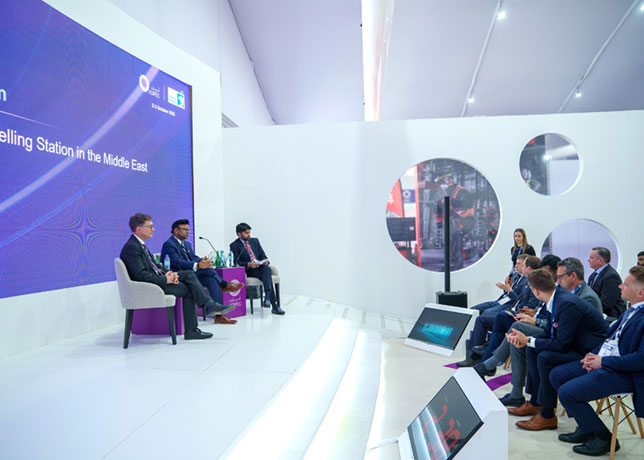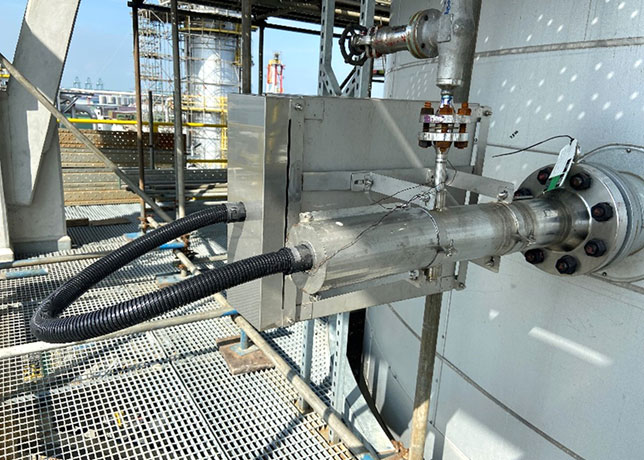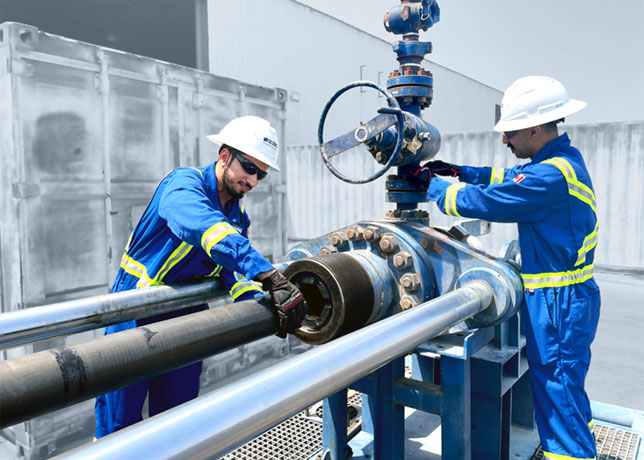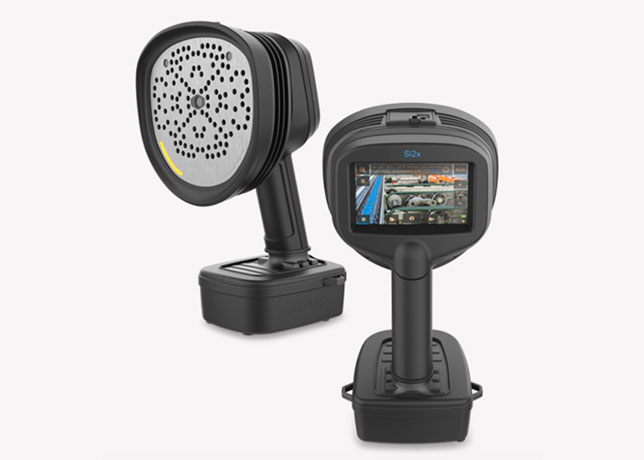
 Robert Borne
Robert Borne
With growing interest in unconventional wells in the Middle East, eliminating downhole vibrations is crucial for achieving faster drilling speeds and lowering operating costs – which benefits oilfield service companies and operators, Robert Borne tells OGN
The recent joint venture between Adnoc Drilling, SLB and Patterson-UTI not only adds 144 wells to Adnoc’s operational portfolio to unlock important energy resources but also marks an important shift in the Middle East’s oil and gas production.
This pivotal partnership will quickly expand unconventional drilling practices across the region that will echo the unconventional drilling, production and completion applications that are common in the West.
A focus on unconventional drilling brings new challenges to oilfield service companies and operators alike.
Speed is paramount, as drilling faster enables more unconventional wells to be completed in less time.
However, achieving greater speed requires oilfield service companies to push drilling equipment much harder, and that subjects expensive downhole tools and electronics to costly damage from vibrations.
In many cases, oilfield service companies must cover the costs of damaged downhole components and related nonproductive time (NPT) in the event of downhole failures.
It becomes an operational imperative to neutralise the vibrations that are encountered when drilling speeds increase, and mitigating drilling dysfunctions caused by near-bit vibrations allows weight on bit (WOB) and the rate of penetration (ROP) to increase without incurring drill bit or bottom hole assembly (BHA) damage, Robert Borne, CEO, Neo Oiltools, tells OGN energy magazine.
ELIMINATING VIBRATIONS FOR GREATER DRILLING SPEED & EFFICIENCY
 |
neotork’s cable design enables companies to drill faster and achieve their individual goals |
In drilling, many dysfunctions can start at the drill bit. As a formation is drilled, the bit-rock interaction causes vibrations in the drill string.
There are four key types of vibrations that can be created from this interaction that cause drilling dysfunction: axial, lateral, and torsional or radial vibrations.
The latter are typically categorised as stick-slip at low frequencies and High Frequency Torsional Oscillation (HFTO) at higher frequencies.
Each type of vibration must be minimised to achieve efficient drilling at the greatest ROP.
Drilling vibration suppression systems (VSS) minimise the different types of downhole vibrations.
A VSS tool combined with a rotary steerable BHA can dampen the form of vibration a specific VSS is designed to mitigate.
This allows the drill string to perform more optimally, enabling oilfield service companies to drill better and faster wells.
However, not all VSS tools can eliminate every type of vibration a driller will encounter.
Axial shocks start at the end of the drill bit and send vibrations directly through the drill bit and up the drill string through the BHA.
This type of vibration can be produced when drilling through non-homogenous or layered downhole lithologies and hitting rocks of different hardness. An axial shock to a drill string with great enough force can, at a minimum, decrease ROP significantly, and at most damage the drill bit and BHA.
 |
Oilfield companies using neotork have reported less downhole BHA failures and fewer trips |
Some VSS tools built with springs act like shock absorbers to dampen axial shocks.
Low-frequency torsional vibration in the drilling process is commonly called stick-slip.
Stick-slip occurs when the drill bit depth of cut is too deep relative to the formation that’s drilled.
The drill bit digs into the formation deeply enough to slow it down relative to the rest of the uphole drill string, causing reactive torque.
The difference in revolutions per minute (RPM) of the drill string on the surface and at the bit can be significantly different when stick-slip is experienced.
Depending on the amplitude and frequency, drill string and BHA fatigue can occur, and ROP can slow significantly as the drilling parameters must be adjusted downward to handle the vibration.
A VSS tool designed with an internal helical spline is typically used for stick-slip vibrations.
HFTO is torsional vibration with a resonance frequency higher than stick-slip.
HFTO dysfunction can significantly damage downhole drilling tools and electronics.
VSS tools with a counterforce dampener design can address HFTO, however, they may decrease the energy available to the drill bit.
Lateral vibrations are created by the drill string’s interaction with the wellbore and the presence of doglegs or micro-doglegs.
While elastomers can be used to help prevent harm to the BHA, a more prudent approach is to improve wellbore quality by selecting and placing the optimal tool in the BHA design to reduce lateral movement.
MITIGATING ALL TYPES OF VIBRATIONS SIMULTANEOUSLY TO REDUCE COSTS & DOWNHOLE DAMAGE
Conventional VSS tools achieve limited success as they only address one type of vibration and are unable to impact the drill bit depth of cut or enhance ROP.
Also, adding multiple VSS tools to the BHA to compensate for all vibrations ultimately lengthens the BHA design, creating significant complexity and higher operating costs for oilfield service companies.
Using a patented spring power pack and cable design VSS tool, such as neotork, is a field-proven approach to reduce all four types of vibrations, allowing oilfield service companies to increase drilling speeds to meet operators’ goals while protecting the drill bit and downhole BHA from vibration-induced damage.
The tool uses a combination of disc springs and hydraulic force to balance the cable heart assembly, mitigating downhole torque while automatically controlling the drill bit depth of cut.
The fixed-length heart assembly cables are installed at an angle around a near frictionless internal mandrel.
When any torsional force is encountered that exceeds the tool’s calibrated setting, the cables wrap around the internal mandrel to contract and shorten its length. This allows drill bit depth of cut to be successfully managed in real time.
The tool’s cables are flexible during compression but strong when tense. For example, when an axial shock is encountered, the flexible cables don’t resist.
As a result, the tool responds faster to formation changes during drilling for both high and low vibration frequencies which enables PDC cutters to remain engaged with the formation.
BREAKING DRILLING SPEED STANDARDS BENEFITS OPERATORS & OILFIELD SERVICE COMPANIES
The neotork tool is field-proven to reduce vibrations downhole in unconventional drilling operations.
One operator typically required several trips downhole to achieve the well trajectory and experienced NPT due to failed downhole components in the BHA.
The operator sought to minimise drilling vibrations in order to drill a vertical-curve-lateral well in one run with a single BHA on multiple wells before service was necessary.
This goal was accomplished with neotork’s unique design, and allowed drilling speeds to increase substantially to drill more wells in a shorter amount of time.
The operator now benefits from running a single BHA on three consecutive wells.
Additionally, this approach has increased ROP so substantially that the only limitation encountered currently is cleaning the drill cuttings from the wells quickly enough.
Companies using the cable design VSS tool have reported fewer downhole BHA failures, ROP increases up to 20 per cent, and the ability to drill vertical-curve-lateral wells in one run much more consistently.
Fewer trips downhole combined with greater ROP and downhole tool integrity empowers Middle East oilfield service companies to reduce operating costs while meeting operators’ goals.
POSITIONING THE MIDDLE EAST FOR UNCONVENTIONAL SUCCESS
It’s unavoidable that oilfield drilling creates near-bit vibration dysfunction downhole. Answering operators’ calls to drill faster requires oilfield service companies to increase weight on bit, and that typically increases vibrations.
The intensity of those vibrations amplifies the risk of catastrophic damage to the BHA and drill bit failure as well as reduces drilling efficiency and performance.
Mitigating the four types of near-bit vibrations simultaneously with one VSS tool allows oilfield service companies to increase drilling speeds and performance to drill more unconventional wells faster.
The ability to augment drilling parameters without harming downhole components can create significant ROP, cost savings and production benefits.
As interest in unconventional wells grows in the Middle East, faster drilling speeds will be a priority for operators.
Eliminating vibrations downhole empowers oilfield services companies to meet operators’ goals while lowering operating costs.
* Robert Borne is Neo Oiltools’ CEO. He brings more than 20 years of experience in the oil and gas sector to his role along with a proven track record of leadership and success. He has built an extensive base of knowledge of the industry through roles spanning engineering, operations, sales, business development and digital transformation.










































































